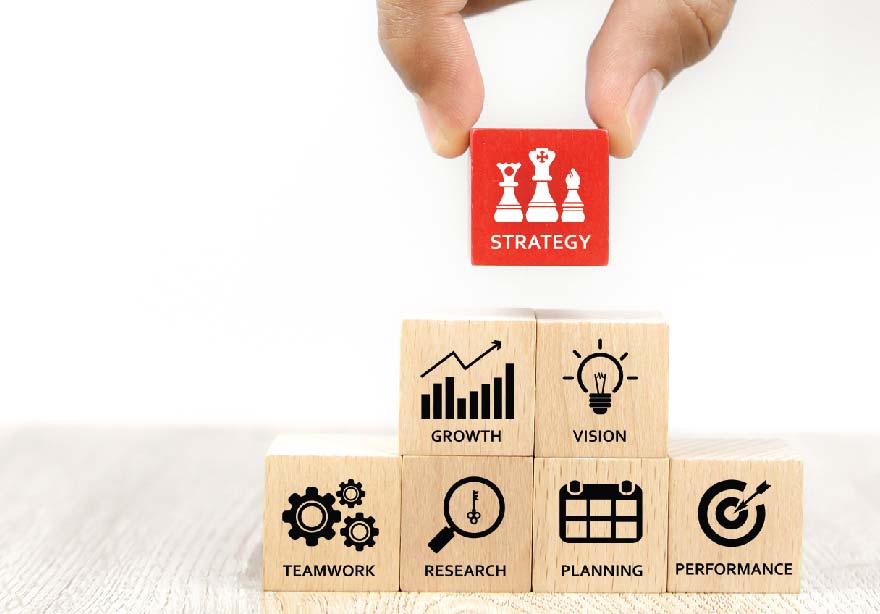Role of New Product Development Software
In this two-part blog, we shall explore:
- Dimensions of product innovation.
- Role of new product development software in innovation.
Look around.
Car. Television. Mobile. Beverage. Laptop. Snack Food. Washing Machine. Others.
For any category of product, there are numerous options available that are manufactured by different companies. Why are some more successful than others?
By the way, do you remember these products?
 |  |  |
| Walkman | VCR Player | Yellow Pages |
In fact, we could write another blog detailing all the products that do not exist today!
Competition is about differentiation. Differentiation comes from uniqueness. Uniqueness is the result of creative innovation – these must happen day-in and day-out, and not as a response to a competitor action!
Why is it that products or even companies that were so successful suddenly disappear?
Is it that their senior management was not good enough or bad?
Not necessarily!
Here is an interesting quote from The Innovator’s Dilemma by Clayton Christensen.
“Studies have shown that managers of ‘good companies’ had a great track record in understanding customers’ future needs, identifying technologies that could best address those needs, and in investing to develop and implement them. It was only when confronted with disruptive technology that they failed. There had, therefore, to be a reason why good managers consistently made wrong decisions when faced with disruptive technological change.
The reason is that good management itself was the root cause. Managers played the game the way it was supposed to be played. The very decision making, and resource-allocation processes that are key to the success of established companies are the very processes that reject disruptive technologies.”
(Mr. Christensen uses the word ‘technology’ to mean the process by which an organization transforms labour, capital, materials, and information into products and services of greater value.)
Before understanding ‘secret sauce’ of consistently successful and innovative companies, it is important to understand the purpose of products.
Customers are not buying products anymore. They are buying the ‘value’ that products offer.
The perception of value is different by different customers. Research by Bain & Company Inc. brilliantly highlights the customer value dimensions.

Source: https://www.bain.com/insights/elements-of-value-interactive/
When customers view products from such diverse value propositions, organizations must gain deeper insights of a what a product ‘offers’ rather than just what it ‘features’! A few examples are:
- Google Map does not just show directions but offers ‘predictability.’
- A digital Geyser offers ‘piece of mind’ through automated temperature control.
It may be pertinent to indicate that many companies use ‘new product development software’ as their teams build products.
How do organizations go about developing innovative products? What product development process do companies follow and how are they unique?
The steps in the new product development life cycle are:

But there would be numerous innovative ideas in every organization. How would leaders deal with that? The steps include:

Today, there are software solutions that address the entire cycle of new product idea & evaluation to new product development. As a side note, TouchBase Idea-to-Launch is a uniquely designed best-in-class new product development software for product-based enterprises.
Why is product innovation or innovation in general difficult? How do a few companies crack the innovation code?
According to McKinsey research, there are eight essentials to innovation. Senior leaders must take a hard look and introspect these eight dimensions of innovation.
Do you really innovate?
| Aspire | Do you regard innovation-led growth as critical, and do you have cascaded targets that reflect this? |
| Choose | Do you invest in a coherent, time and risk-balanced portfolio of initiatives with sufficient resources to win? |
| Discover | Do you have a differentiated business, market, and technology insights that translate into winning value propositions? |
| Evolve | Do you create new business models that provide defensible and scalable profit sources? |
| Accelerate | Do you beat the competition by developing and launching innovations quickly and effectively? |
| Scale | Do you launch innovations at the right scale in the relevant markets and segments? |
| Extend | Do you win by creating and capitalizing on external networks? |
| Mobilize | Are your people motivated, rewarded, and organized to innovated repeatedly? |
Source: www.mckinsey.com
Does innovation run on a ‘single template’?
The answer is – a vociferous NO!
It is interesting to know that according to Doblin, an innovation firm mentions ten types of innovation.

Source: www.doblin.com
A quick outline of each of these dimensions may be useful at this stage.
| Profit Model | How you make money |
| Network | How you connect with others to create value |
| Structure | How you organize and align your talent and assets |
| Process | How you use signature or superior methods to do your work |
| Product Performance | How you develop distinguishing features and functionality |
| Product System | How you create complementary products and services |
| Service | How you support and amplify the value of your offerings |
| Channel | How you deliver your offerings to customers and users |
| Brand | How you represent your offerings and business |
| Customer Engagement | How you foster compelling interactions |
Source: www.doblin.com
With so many dimensions, you would realize that product innovation is not as simple as once used to be!
Let us put things into perspective.
- Products have a life cycle.
- Innovation is driven by eight key essentials.
- New product innovation has multiple stages.
- Innovation has ten different sources.
To summarize, innovation is not easy!
Imagine, if companies were to manage it on Spreadsheets, Word Documents, and email, what a cacophony it would be!
A world-class new product development software/NPD software becomes the backbone for converting an organization’s product innovation strategy to execution. Without robust new product development process, product roadmap tools, PLM software, innovation and its execution become a chaotic exercise with these symptoms.
- Inconsistent idea generation and evaluation lacking thorough and comprehensive analysis.
- Unstructured business cases lead to inefficient capital allocation.
- Bits-and-pieces approach to managing the product development project.
- Lack of document traceability leading to duplicated efforts and data integrity.
- Weak cross-functional collaboration.
The above dimensions have a direct bearing on the company’s competitive edge and finally its survival.
In part-2 of this blog, we shall explore how organizations could significantly leverage and benefit from some of the top-class product development software that address innovation idea to product launch!
Stay tuned.





